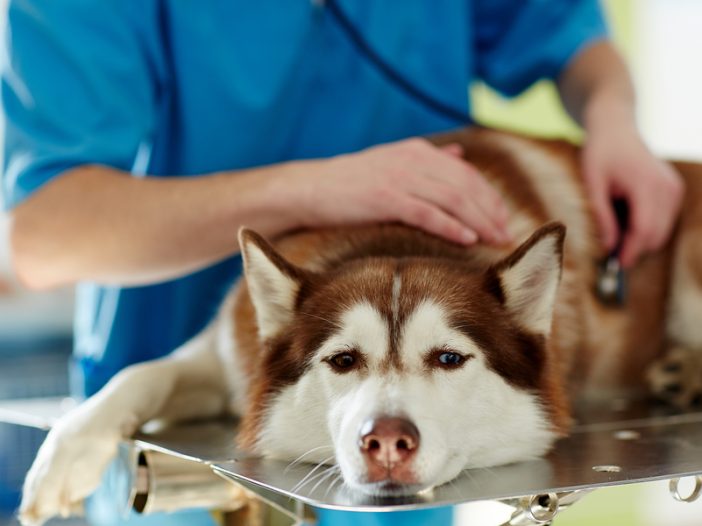
It was a typical busy night in the ICU. Patients were coming in several at a time, procedures were piling up and multiple animals needed to be hospitalized for immediate treatments. As I rushed from patient to patient, filling in my technician on what needs to get done, receiving results from blood/ urine tests and reading radiographs, I ask my receptionist to put the next client in a room. I will go speak with them while I am awaiting another diagnostic to come through.
I go into the room and introduce myself with a smile. “I have been waiting for 40 minutes to be seen,” I am told by a woman who is clearly unhappy. I understand, and I have been confronted with this in the past. While the frustration is justified, unfortunately, it is often also unavoidable. Furthermore, interactions that begin like this make it challenging to establish a trusting relationship and provide the best care for a sick animal. Believe it or not, if I have kept you waiting, there was a good reason for this and I, too, am feeling the stress that I have inadvertently caused you.
As a veterinarian in a busy ER, it is common for me to be multi-tasking and seeing multiple patients at once. While my team and I have become very efficient and capable at accomplishing the many things that must be performed for each individual animal, it is still common for there to be patients who will have to wait to be seen. Long wait times lead to frustrations among awaiting clients, understandably, but what most of them don’t know is it leads to frustration for me and my staff as well.
Most people who come to the emergency room do not do this out of comfort and convenience. Most do this because they are concerned about their pet and are unable to see their local veterinarian to help with their troubles. Sometimes the animals are stable and require minimal intervention and other times the animals are very sick, critical, sometimes even dying. It is my team’s job to be able to quickly determine which animal must be given priority based on the severity of their ailment. Because, for those animals, delaying an examination may have a fatal outcome or may, at minimum, lead to a worsening in their clinical status which may make recovery more difficult. Since triaging is at the heart of ER medicine for this reason, it means that some animals and their people will at times have to wait. Unfortunately this wait can sometimes be long.
We do all that we can to limit the wait — we hire many competent staff members, we provide hours of training, we use
So if you are one of the clients that have had the more stable pet and has had to wait, I want you to understand that this was not intentional and I am sorry for the inconvenience it has caused you. Also, I would like to say “thank you”. Thank you for understanding that other animals are less stable than your own. Thank you for understanding that our staff and I care deeply about you and your pet and are doing all that we can to expedite what we can so that we can get to you. And thank you for caring enough about your animal to bring them to the ER for care.
The views and opinions expressed in this article are those of the author and do not necessarily reflect the position of the DrAndyRoark.com editorial team.

ABOUT THE AUTHOR
Dr. Chivvis is a 2011 Iowa state graduate and emergency veterinarian in Roanoke, Virginia. She completed undergraduate studies in Massachusetts and moved to Iowa for veterinary school and an additional 1 year Small Animal Rotating internship. Dr. Chivvis is strictly an emergency veterinarian, who treats dogs and cats, and strives to provide her patients the highest level of care as well as communicate with, and support, their human families.